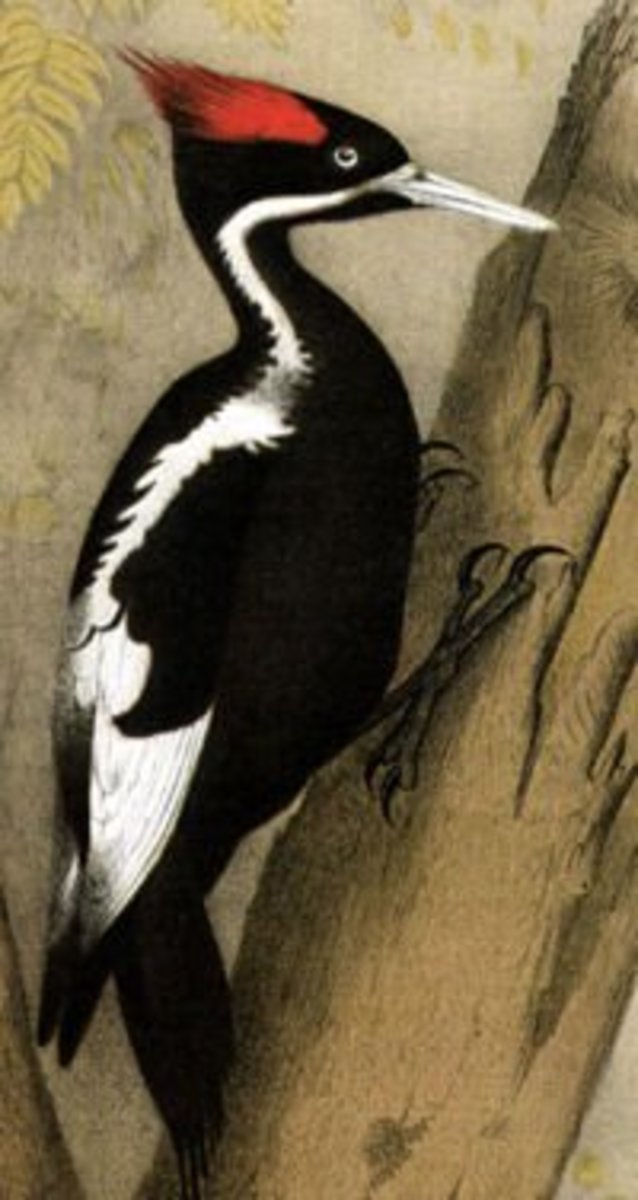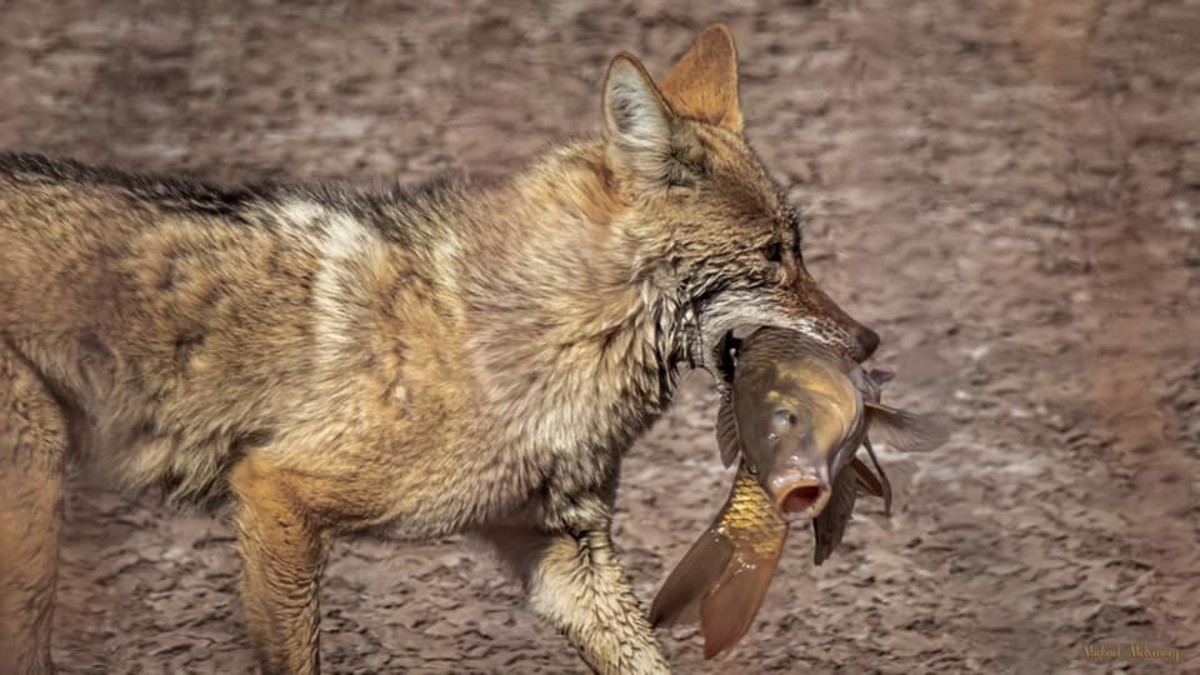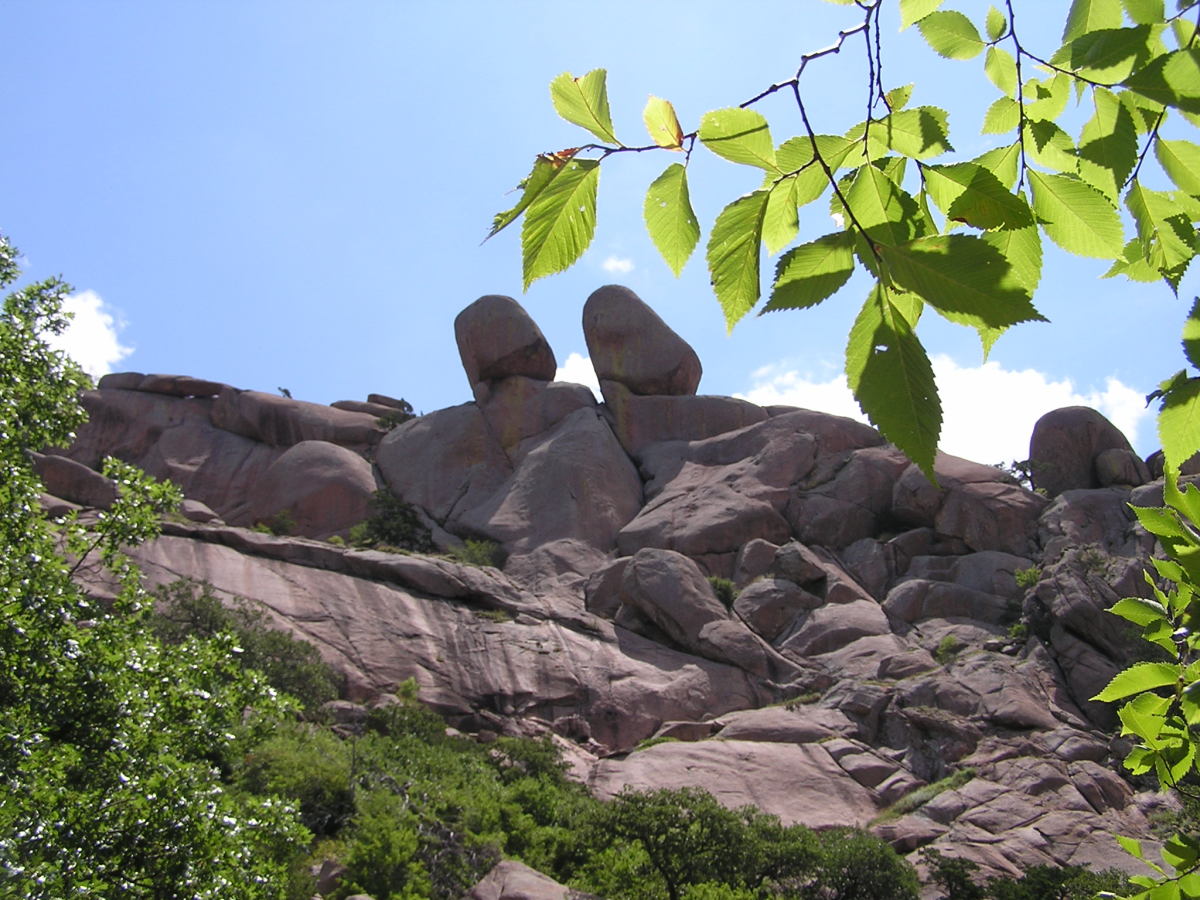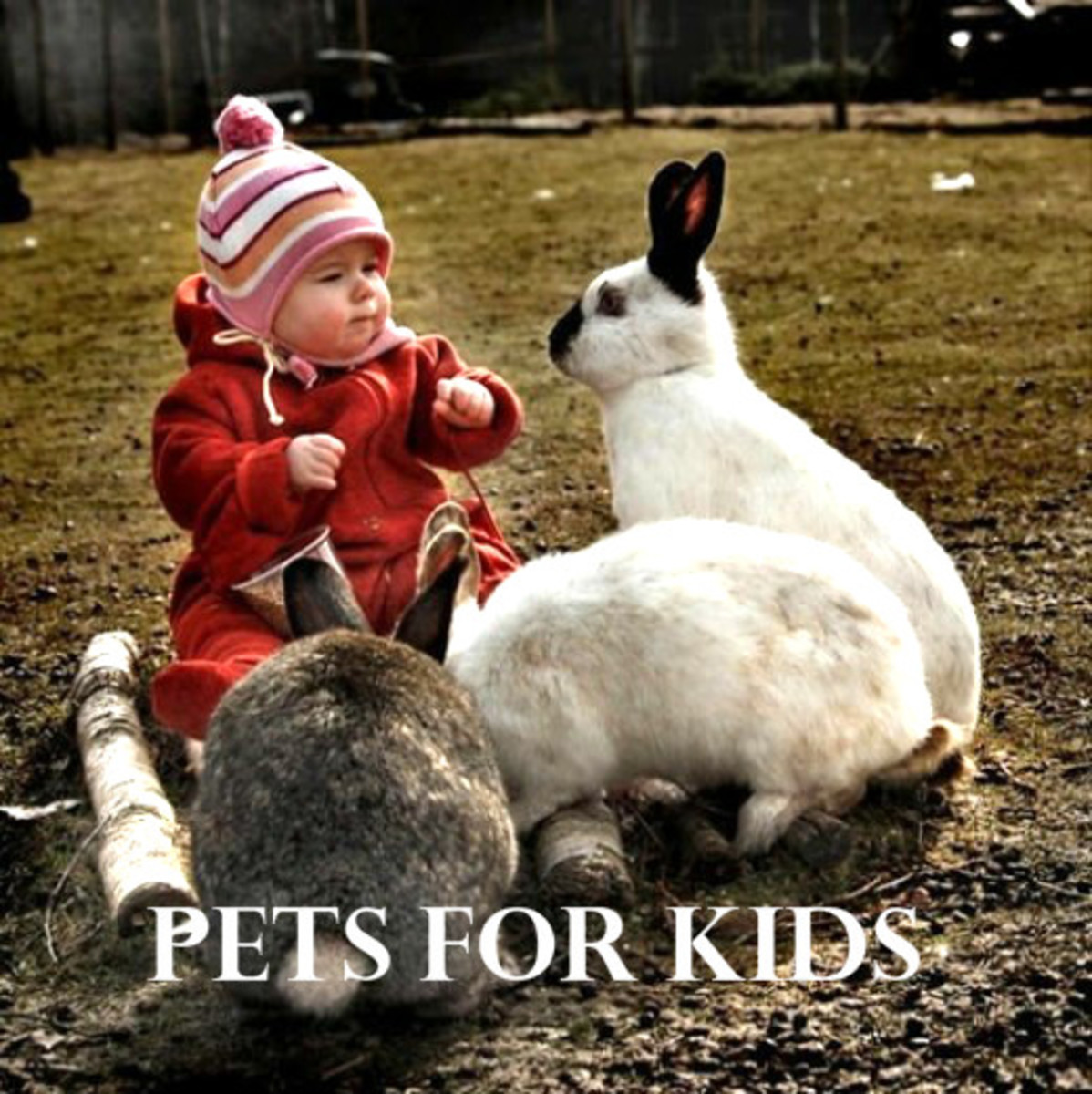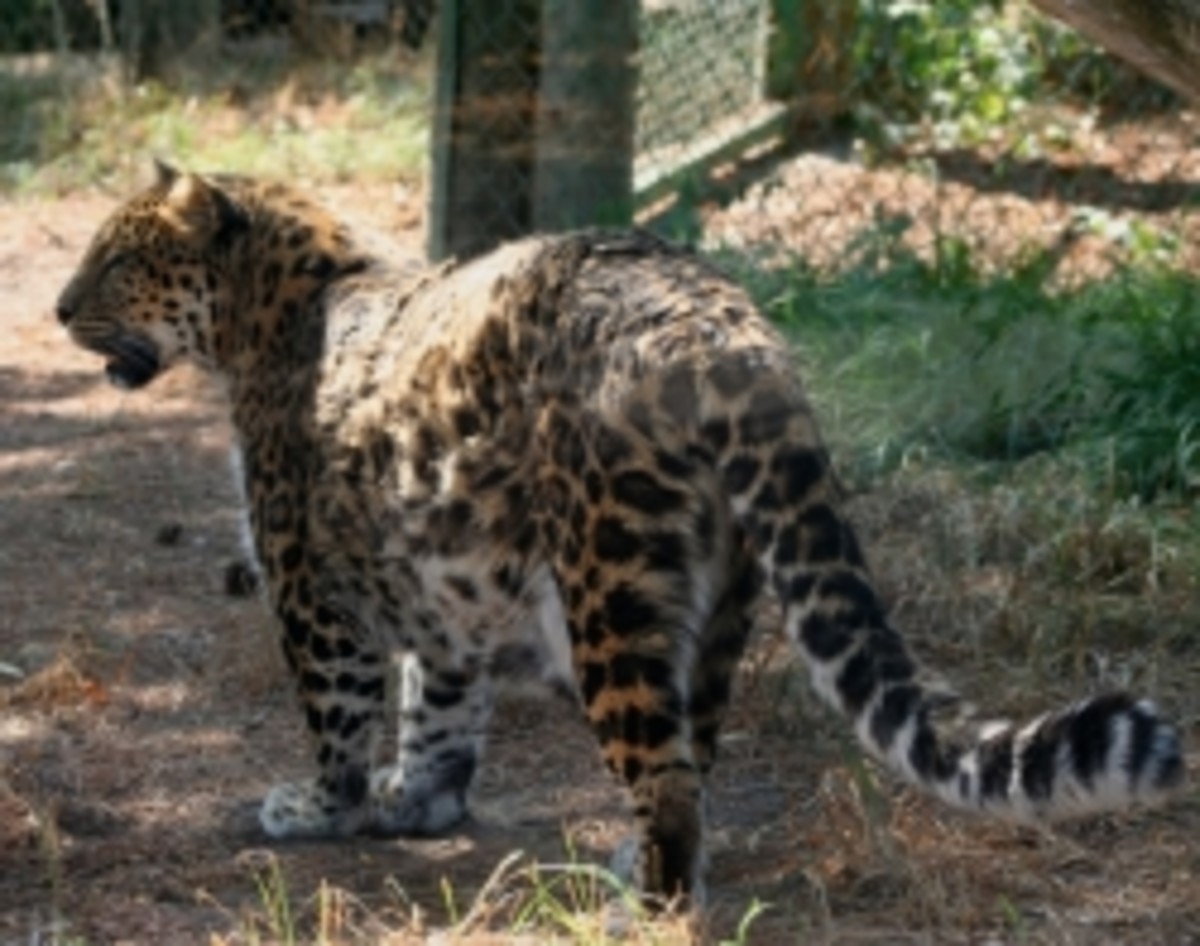Animal Lovers Unite
How can YOU help wildlife?
Because of the urban sprawl crisis in the United States, wild animals are forced to live in closer proximity with humans. With few alternatives available, they have no choice but to enter our homes, parks, and even downtown areas in search of food and shelter.
Yellowstone Treasures: The Traveler's Companion to the National Park

Live, and let live
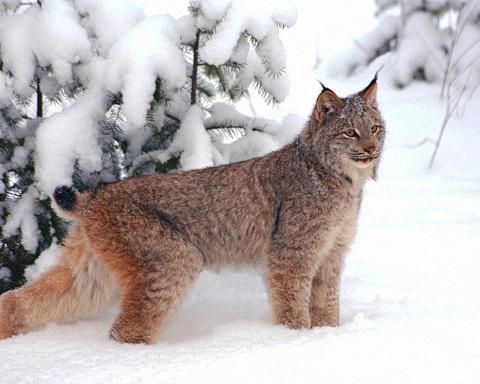
Wild Animals and Humans: Respect each others boundaries
When animals roam into "our space", homeowners, communities, municipalities, and state agencies often hire nuisance wildlife control operators or U.S. Department of Agriculture Wildlife Services to use cruel, archaic methods, such as injurious traps and poisons, to resolve perceived conflicts with these animals. Ducks and geese are secretly shot, gassed, and even bludgeoned to death with baseball bats. Beavers are caught and drowned in body-gripping traps or are sealed up alive in their own homes. Endangered turtles are paved over with concrete, instead of removing them to other areas!
It is absolutely atrocious the way we treat animals in our society.
Animals of all kinds are simply left to die from injuries or starvation.
"The greatness of a nation and its moral progress can be judged by the way its animals are treated.. I hold that, the more helpless a creature, the more entitled it is to protection by man from the cruelty of man"
-- Mahatma Gandhi (1869 - 1948)
Sustaining Life: How Human Health Depends on Biodiversity

Stop killing every living thing!
These days, some members of the animal kingdom find that they can’t take a step, wiggle a fin, or flutter a feather without being shot at or lured to their deaths. As humans encroach on the habitats of deer, ducks, fish, and other animals, we are forcibly elbowing them out of their native homes, typically killing them in the process. Here’s how you can help stop it.
Post “No Hunting” and “No Fishing” Signs on Your Land and Join or Form an Anti-Hunting Organization
Call 1-800-448-NPCA to report poachers in national parks to the National Parks and Conservation Association. Encourage your legislators to enact or enforce wildlife protection laws, and insist that nonhunters be equally represented on wildlife agency staffs.
Reduce, Reuse, Recycle!
There is a direct correlation between our voracious consumption and the lives of animals
Every time we use a resource, it has an effect. A piece of paper. Hardwood flooring. A leather coat. Even a plastic bag. Did you ever stop to consider the effect on animals?
A PIECE OF PAPER
By using a virgin piece of paper (as opposed to one made of recycled fibers) you are contributing to the logging industry, and their relentless desire to decimate every possible forest in the United States.
Every time a creature in the forest gets displaced because they no longer have a home, it causes a chain reaction.
A LEATHER COAT
Most leather produced and sold in the United States is made from the skins of cattle and calves, but leather is also made from horses, sheep, lambs, goats, and pigs who are slaughtered for meat. Other species are hunted and killed specifically for their skins, including zebras, bison, water buffaloes, boars, deer, kangaroos, elephants, eels, sharks, dolphins, seals, walruses, frogs, crocodiles, lizards, and snakes.
People who work in tanneries are dying of cancer caused by exposure to dimethylformamide and other toxic chemicals used to process and dye the leather. The coal tar derivatives used are extremely potent cancer-causing agents.
The leather industry also uses a tremendous amount of energy. There are many alternatives, including cotton, linen, rubber, ramie, canvas, and synthetics.
PLASTIC BAGS
Stop using plastic bags! Curious animals will often try to lick remaining food off the bag, and become entangled and trapped. Small mammals and birds get their heads caught in yogurt cartons and jars. Abandoned fishing line can cut birds' beaks, feet, wings and even tongues.
Empty 6-pack rings are the worst. Foxes, squirrels and birds can get their heads trapped in them, or worse, if they blow out to sea, turtles can ingest them, and larger fish can eat them, causing stomach damage. Sea creatures often mistake plastic bags for jellyfish, and eat them!
When you're in the wild, PACK YOUR STUFF AND TAKE IT OUT WITH YOU!
Even back at home, when you're recycling, crush all plastic containers so that animals can't get their heads inside.
HARDWOOD FLOORING
By using virgin hardwood in your flooring, you are contributing to the destruction of animal habitat.
People just LOVE Brazilian mahogany, but did you know that an area the size of Connecticut was destroyed last year in the Amazon Rainforest?
Using hardwood veneer is a little bit better than using actual hardwood lumber, as the impact is far less. Read on for even better alternatives.
The Amazon Rainforest, as you've probably heard, represents the lungs of the planet. Without lungs, I probably don't have to point out that we cannot breathe.
SUPER ALTERNATIVES TO HARDWOOD:
BAMBOO
By choosing sustainable materials like bamboo, which is actually a grass, not a wood, you are saving not only the planet, and the rainforest, but animal habitat. It's also cheaper than most hardwoods, and available in many colors and patterns.
ALOWOOD
Alowood gives you the look and feel of exotic hardwood but it's more stable, more uniform in color, and is certified as an environmentally sustainable material by the Forest Stewardship Council. It is made by impregnating the cells of sustainably-grown pine with color and an agriculturally-grown additive. The additive is then thermally cured, bonding it permanently to the cells and adding mass and hardness to the wood. The result is comparable to most hardwoods in density, and is completely uniform in color throughout the entire thickness of the stock. It can be glued, planed, sanded and tooled just like exotic woods.
It is available in Black Ebony, Brazilian Cherry, American Cherry, Pacific Teak, Silver Walnut and California Oak, among others.
CORK
Cork flooring is becoming popular, because it's beautiful, durable, not cold to the bare feet, and not too expensive. Cork is also a sustainable product. The cork oak tree (Quercus suber) has a thick bark that can be stripped off every 10 years to extract the cork without damaging the trees. If properly cared for, cork trees can live 170 to 250 years on average. Not only does the stripping yield the cork, but it maintains the forest ecosystem, the structure and composition of which depends on human interaction with the natural environment. Unless the cork is stripped regularly, the bark ages too much and extracting it would cause damage to the tree.
The Arctic National Wildlife Refuge
The Arctic National Wildlife Refuge is home to caribou, snow fox and millions of migratory birds. It is also the most important onshore denning habitat for America's vanishing polar bears.
National Wildlife Federation Field Guide to Birds of North America

Protect the Arctic Refuge!
But this natural treasure is constantly under siege. Time and time again, the oil industry and their allies in Congress have sought to open this special place to harmful new drilling, threatening all of the wildlife that depend on it for survival.
We need to permanently protect the Arctic Refuge! Urge your Representative to support the Udall-Eisenhower Arctic Wilderness Act (H.R. 39) to permanently protect the coastal plain of the Arctic National Wildlife Refuge.
To sign the petition and become involved, click here
Never Cry Wolf

Florida Panther
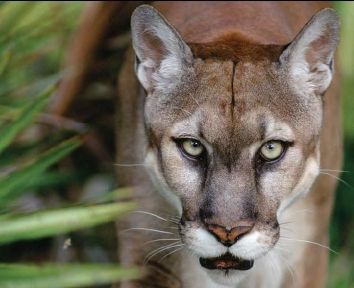
Florida Panther Facts
There are 30-50 panthers left. Saving this animal is very important because it is Florida's state animal. Originally it was seen as far west as Texas, but now it is only found in Florida.
The Florida panther is a type of cougar that has adapted for the sub-tropical climate of Florida. It lives in swamp forests and pinelands mainly in the everglades.
They reach maturity at 3 years. The male weighs 120 lbs. the average female weighs about 70 lbs.
Florida panthers eat white tailed deer, wild hogs, rabbits, armadillo, and birds.
The main problem is loss of habitat. Inbreeding is another problem which weakens the species. In 1995, conservationists released 8 Texas cougars into South Florida hoping to strengthen the genetics of the Florida Panther.
Finding a panther is rare, because they don't like to encounter humans. If you ever meet one, stay calm, don't make sudden movements, and don't run away. After a while they will go away. You can slowly walk backwards while yelling just like you would for a bear. Find a weapon like a stick, but don't attack them unless they attack you.
Orphaned or sick animals
From the World Animal Foundation
Wild youngsters are appealing, but never try to make one your pet. It's unfair; they need to be with others of their kind. If you tame one, when the time comes for release, the animal will not know how to forage for food or be safe in the woods. Tame released animals normally follow the first humans they see, who often think, "Rabies!" and kill them.
If you find a youngster who appears orphaned, wait quietly at a distance for a while to be certain the parents are nowhere nearby. If they are not, take the little one to a professional wildlife rehabilitation center for care and eventual release into a protected wild area.
An injured bird can be carried easily in a brown paper bag, loosely clothes-pinned at the top. On very hot days, some animals come out of hiding. Foxes have been known to stretch out on patios. Normally nocturnal adult animals seen in daytime should be observed--if they run from you, chances are they are healthy. If sick, they may be lethargic, walk slowly, or stagger. Distemper is more often the culprit than rabies. (Distemper is not contagious to humans.)
Call a wildlife expert. Get names and telephone numbers of wildlife rehabilitators from your local humane society or park authority; keep them in your home and car at all times in case of an emergency.
Silent Spring

Follow us on Twitter
Preservation
Click on the image to go there now.
Who am I?
Bio: I am an Animal/building/tree hugger. Feng Shui Consultant, Interior Designer & Historic Preservationist.
Great Gray Owl
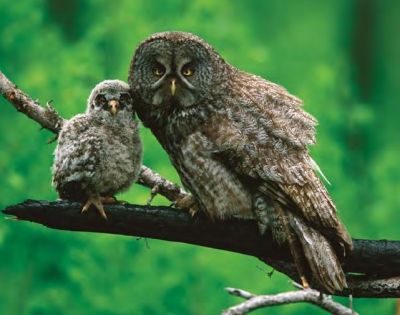
Facts about the Great Gray Owl
The Great Gray Owl is one of the largest owls in the world, and it is Manitoba's provincial bird. It is grey all over, peppered with darker and lighter markings.
When perched, this bird appears very bulky because of its dense and fluffy plumage, long wings that extend past the body, relatively long tail and large head.
The Great Gray Owl is not known for its agility in flight, but hunting is not a challenge. Its preferred method is known as "still hunting", in which the bird sits and listens for its prey, then swoops down for the kill. It will fly rarely, except for short distances between perches, and it usually flies only a couple of metres off the ground. Because of their excellent hearing, Great Gray Owls are able to hear prey such as small rodents moving beneath snow a foot deep.
Like other owls, the Great Grays do not build their own nests. They prefer to take over the abandoned nests of other large birds or even squirrels. Mating takes place in February and March. Two to five white eggs are laid per clutch, and each one is laid a day or two apart. The female does all of the incubating and the male does all of the hunting. Both will defend the nest if they feel threatened, even defending against animals as large as black bears!
The Great Gray Owl can be found in forests across the northern hemisphere. In North America, they can be found from Alaska to Quebec. This owl's range extends into the United States, into the alpine forests of the west.
For information about specific numbers of owls:
Scaled Quail (South Texas - Photo by Reid Allen)
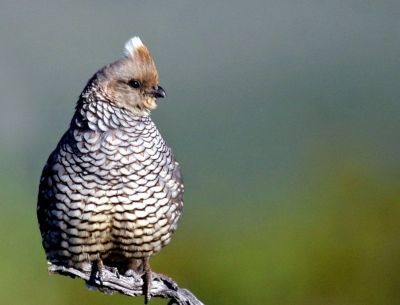
All about The Scaled Quail
Scaled Quail: AKA "cottontop," due to its white-tipped gray crest; nape, neck underparts have dark-edged gray and buff feathers creating a distinctly scaled look. Upperparts are plain gray with white stripe at base of wings; sides are gray with short white stripes. Pale brown legs, feet.
Range and Habitat
Scaled Quail: Found primarily in New Mexico, western Texas, and portions of Oklahoma, Kansas, Colorado, Utah, and Arizona. Inhabits open landscapes, desert grassland, thorn-scrub and savanna. Populations have declined since the 1940s, perhaps due to habitat loss.
Animal: The Definitive Visual Guide to the World's Wildlife

Videos of Scaled Quail
Let's go Outside and see some Animals!
Help Make Outdoor Time a National Priority
Target: Acting Surgeon General Steven K. Galson
Sponsored by: National Wildlife Federation
Americans are spending less time outside than ever before, and it's contributing to a decreased understanding of and appreciation for the natural world. This increasing "nature deficit" is not only threatening America's long-standing conservation ethic, but has resulted in alarming child health issues.
Bringing Nature Home: How Native Plants Sustain Wildlife in Our Gardens

John Shaw's Nature Photography Field Guide

Get Outside!
Studies show that when children have time for unstructured play and interaction with nature, they benefit immensely. It helps increase understanding of their connection to nature, in addition to improved physical, mental and emotional health.
Our fight for the health of our planet and its people will not continue without the support of future generations.
Urge Acting U.S. Surgeon General Steven Galson to promote the benefits of daily outdoor play in nature for all children and families.
Sign the Petition to Help Make Outdoor Time a National Priority
Vote for your favorite animal books
Which ones are your favorites?
Alaskan Wolf
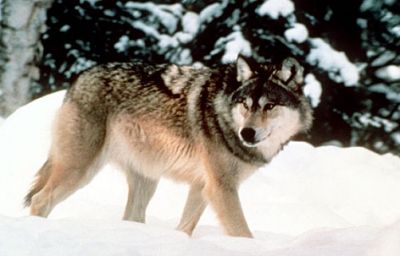
National Audubon Society Field Guide to African Wildlife (National Audubon Society Field Guides)

Help Stop the Body Count
Governor Sarah Palin is planning what could be the bloodiest aerial wolf killing season yet in Alaska.
Already this winter, aerial gunners in Alaska have slaughtered at least 47 wolves. More wolves were killed this past November than in any November in the past five years. And, under Governor Sarah Palin's out-of-control wolf-killing program, nearly 600 more wolves could die before this year's killing season is finished.
Your tax-deductible year-end gift will help stop aerial hunting of wolves and save other wildlife.
Click below to donate:
Amazon Spotlight

Ocelot
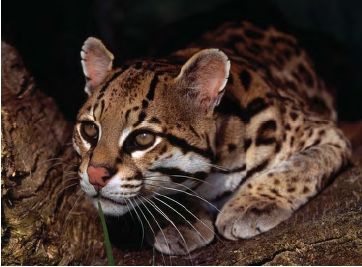
Fun Facts about the Ocelot
Twice the size of the average housecat, the ocelot is a sleek animal with a gorgeous dappled coat. These largely nocturnal cats use keen sight and hearing to hunt rabbits, rodents, iguanas, fish, and frogs. They also take to the trees and stalk monkeys or birds. Unlike many cats, they do not avoid water and can swim well.
Like other cats, ocelots are adapted for eating meat. They have pointed fangs used to deliver a killing bite, and sharp back teeth that can tear food like scissors. Ocelots do not have teeth appropriate for chewing, so they tear their food to pieces and swallow it whole. Their raspy tongues can clean a bone of every last tasty morsel.
Many ocelots live under the leafy canopies of South American rain forests, but they also inhabit brushlands and can be found as far north as Texas. These cats can adapt to human habitats and are sometimes found in the vicinity of villages or other settlements.
Ocelots' fine fur has made them the target of countless hunters, and in many areas they are quite rare, including Texas, where they are endangered. Ocelots are protected in the United States and most other countries where they live.
Female ocelots have litters of two or three darkly colored kittens. In northern locations females den in the autumn, while in tropical climes the breeding season may not be fixed.
Ocelot Videos
Long-billed Curlew (Photo by Reid Allen)
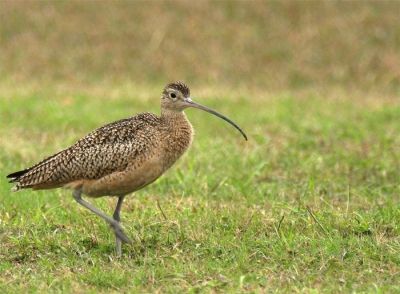
Cool Facts about the Long-billed Curlew
Both the male and female Long-billed Curlew incubate the eggs, and both are aggressive in defense of nests and young. The female typically abandons the brood two to three weeks after hatching and leaves brood care to her mate. Despite this abandonment the same male and female often pair with each other again the next year.
Although the Long-billed Curlew's diet includes many species of invertebrates and some vertebrates, its bill is best adapted for capturing shrimp and crabs living in deep burrows on tidal mudflats (its wintering grounds) or burrowing earthworms in pastures.
The female Long-billed Curlew's bill is longer than the male's, and is a different shape. Hers is flatter on top with a more pronounced curve at the tip. His is gently curved throughout its length. The juvenile's bill is distinctly shorter than the adults' during its first few months, but it may be equal to the male's length some time in its first year.
Try an organic garden!
It's a fact - when we use pesticides, birds end up eating them. Have you noticed there are far less birds around? Try adding a birdfeeder and birdbath to your garden, and ditch the pesticides. Watch what happens....
Attract animals to your yard
The Hispaniolan Trogon (Photo by Eladio Fernandez)
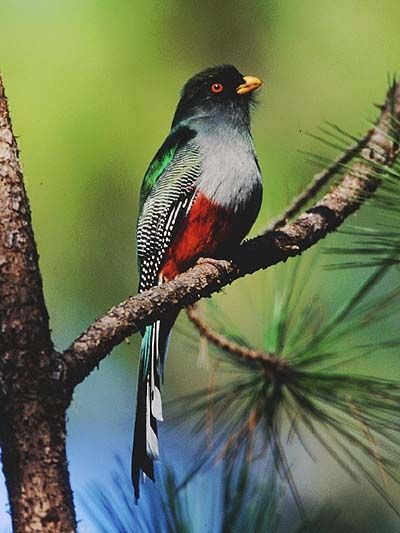
Information about the Hispaniolan Trogon
Forest loss and fragmentation owing to shifting agriculture are causing a decline, particularly in moist forest areas. Dry forests have been considerably altered by charcoal production, and even pine forests have been devastated by indiscriminate logging and clear-cutting. In particular, recent habitat destruction along highways has caused a drastic decline of the population in the Cordillera Central, but it is occasionally seen on abandoned coffee farms and old cacao groves in the Cordillera Septentrional. The species is also subject to hunting.
Conservation measures underway: Some populations are afforded protection by national parks, e.g. in the Sierra de Baoruco.
Conservation measures proposed: Monitor the population regularly. Effectively protect national parks holding populations of this species. Encourage forms of agriculture which do not require forest clearance. Discourage charcoal production in native forests. Raise awareness of the uniqueness of the species and discourage hunting.
Wildlife Collection

Meet people like you who care about animals & the environment
Amazon Spotlight on Animals
Check out some animals on Amazon!


